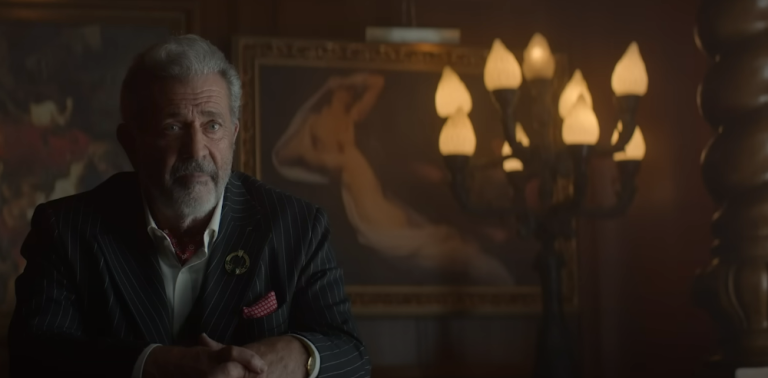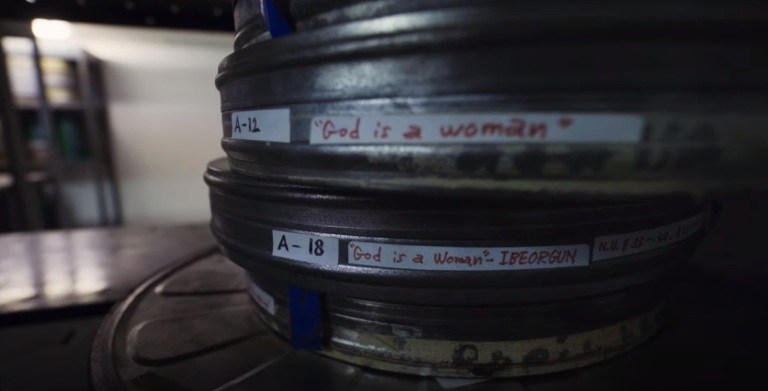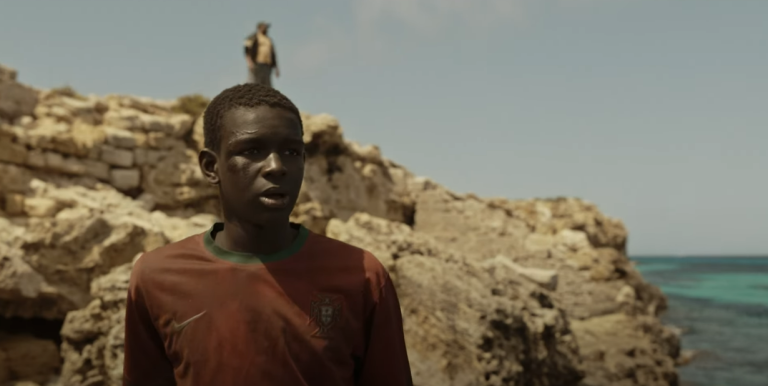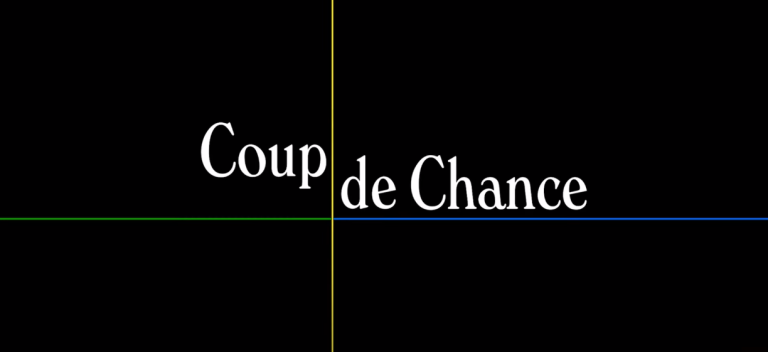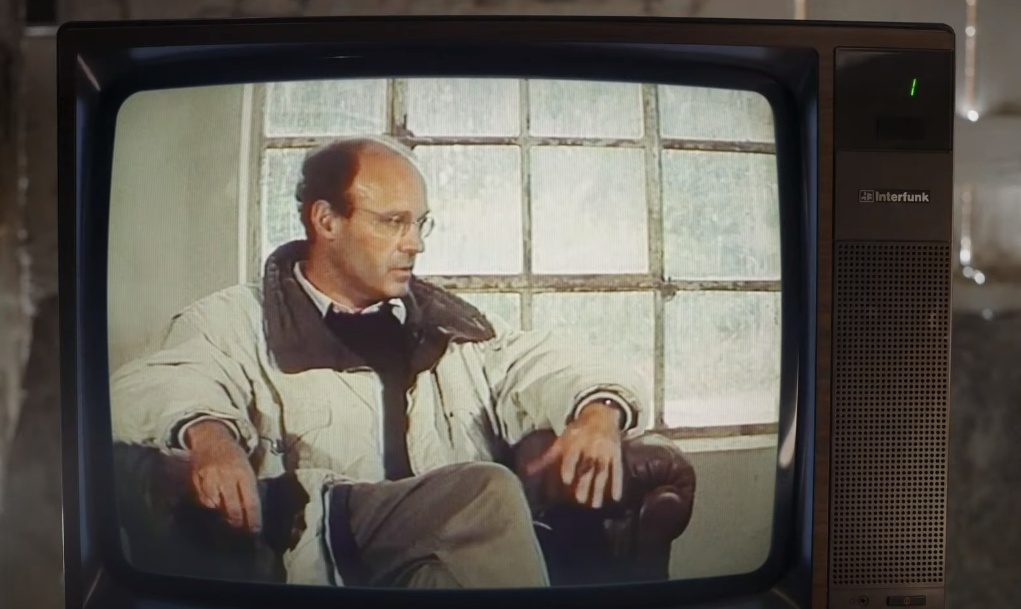

As Wim Wenders approaches his seventy-ninth birthday, he finds himself in the midst of a career resurgence, marked by the release of his latest fictional feature film, “Perfect Days,” and a unique documentary focusing on the renowned artist Anselm Kiefer. “Perfect Days” is a tender exploration of the later years of a sanitation worker in Tokyo, showcasing Wenders’ ability to craft deeply emotive narratives that resonate with audiences. Meanwhile, Wenders’ documentary on Anselm Kiefer delves into the complexities of the artist’s work, particularly his profound engagement with Germany’s tumultuous twentieth-century history.
Anselm Kiefer’s upbringing in the aftermath of World War II heavily influenced his artistic sensibilities, leading him to create a body of work that serves as a poignant reflection on the catastrophic events of the twentieth century. Through his unconventional use of materials and provocative imagery, Kiefer confronts themes of fascism, war, and collective trauma, drawing inspiration from sources such as Holocaust survivor Paul Celan’s poetry.
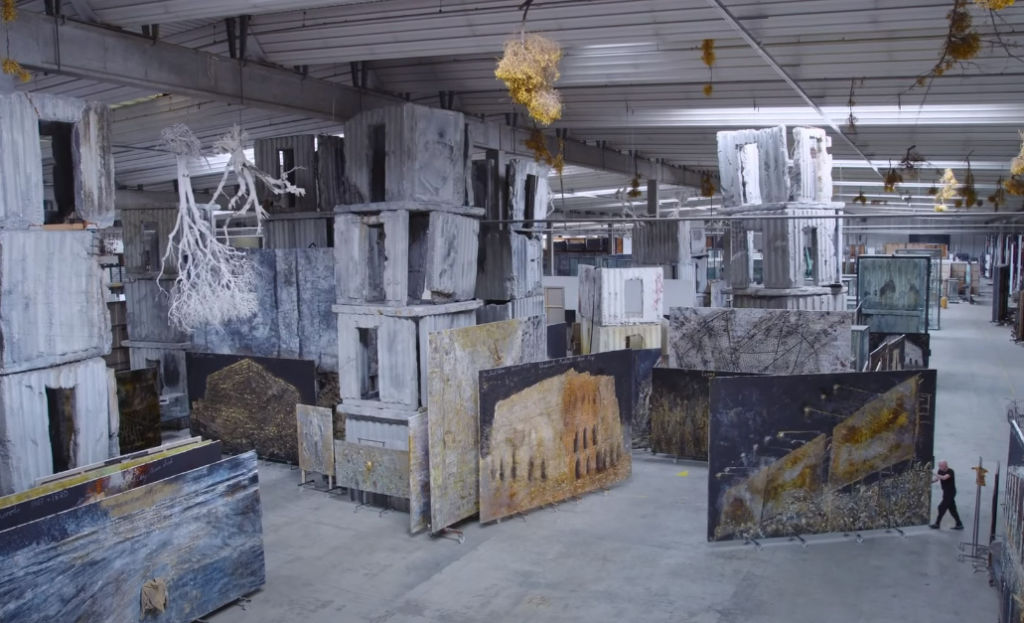
Despite the depth and complexity of Kiefer’s art, there have been misguided attempts to interpret it as sympathetic to Nazi ideology, overlooking the nuanced commentary inherent in his work. Wenders’ immersive approach to portraying Kiefer in his documentary captures the artist’s larger-than-life presence, allowing viewers to engage with his sprawling installation artworks in a tactile manner.
In addition to showcasing Kiefer’s studio spaces and artworks, Wenders incorporates fictionalized scenes depicting younger versions of the artist, providing insight into his formative experiences and influences. Through these scenes, set against expansive landscapes, viewers gain a deeper understanding of the forces that have shaped Kiefer’s artistic journey.

Kiefer’s determination to confront the past through his art, despite the silence and denial prevalent in post-war Germany, is a central theme explored in Wenders’ documentary. By eschewing traditional documentary conventions and offering an indirect approach, Wenders challenges viewers to engage in their own introspection and questioning, rather than providing a straightforward narrative or analysis.
However, the film notably sidesteps discussions of the financial aspects behind Kiefer’s ambitious projects, reflecting a broader tendency in art world documentaries to avoid such topics. This omission leaves viewers curious about the logistics behind the realization of Kiefer’s grandiose artworks.

Overall, “Anselm” presents a thought-provoking exploration of Kiefer’s artistic universe, inviting viewers to grapple with questions of memory, history, and artistic expression on their own terms.
| Aspect | Summary |
|---|---|
| Film Titles | “Perfect Days” (fictional narrative feature), “Anselm” (documentary) |
| Themes | “Perfect Days” explores twilight years in Tokyo; “Anselm” delves into Anselm Kiefer’s artistic reflections on Germany’s 20th-century history |
| Kiefer’s Background | Born in 1945 in heavily bombed Donaueschingen, Kiefer’s art reflects on Germany’s traumatic history |
| Artistic Style | Kiefer’s work spans mediums, often utilizing organic materials, burning canvases; draws from Holocaust survivor Paul Celan’s poetry |
| Interpretation Issues | Misguided interpretations of Kiefer’s art as sympathetic to Nazism; countered by nuanced commentary in his work |
| Filmmaking Approach | Wenders’ immersive approach captures Kiefer’s presence in 3D format; includes fictionalized scenes with younger Kiefer, providing insight into his influences |
| Documentary Style | “Anselm” avoids traditional documentary conventions, opting for indirect approach; refrains from explicit explanation or analysis |
| Financial Aspect | Film omits discussion of finances behind Kiefer’s projects, reflecting tendency in art world documentaries to shy away from such topics |
| Overall Impression | Thought-provoking exploration challenging viewers to engage with memory, history, and artistic expression |

